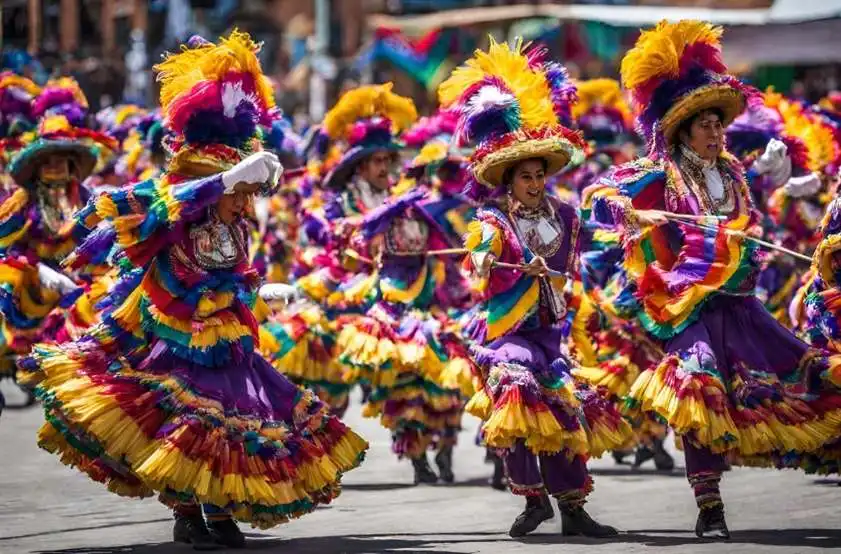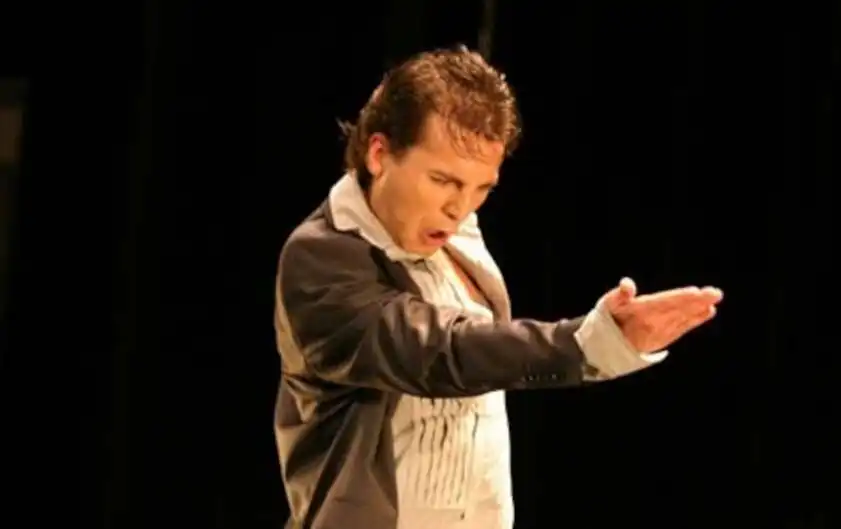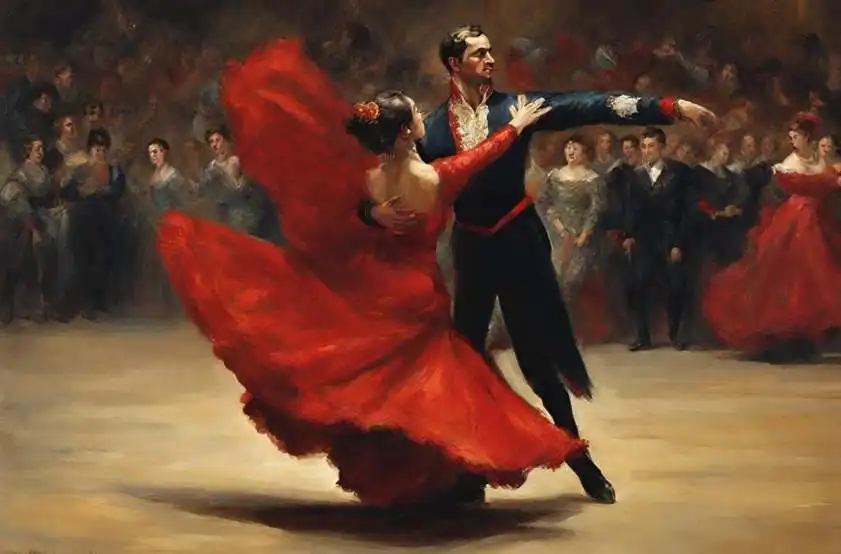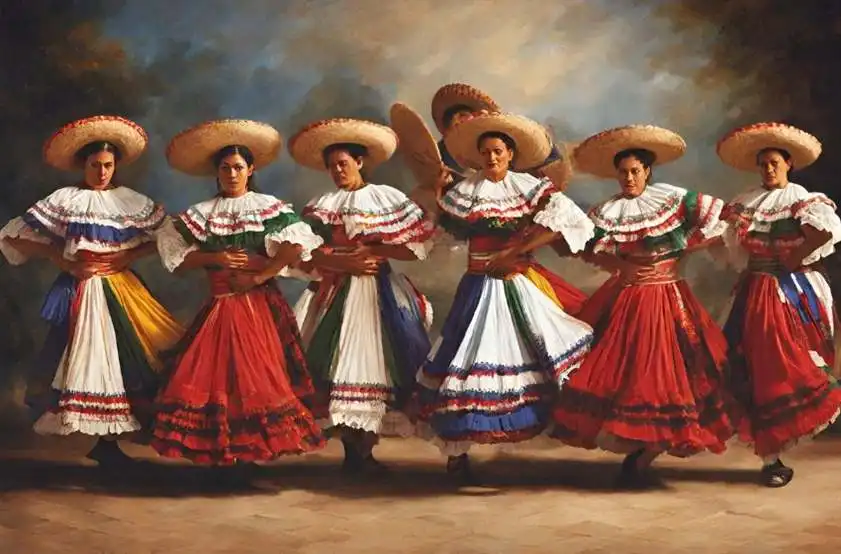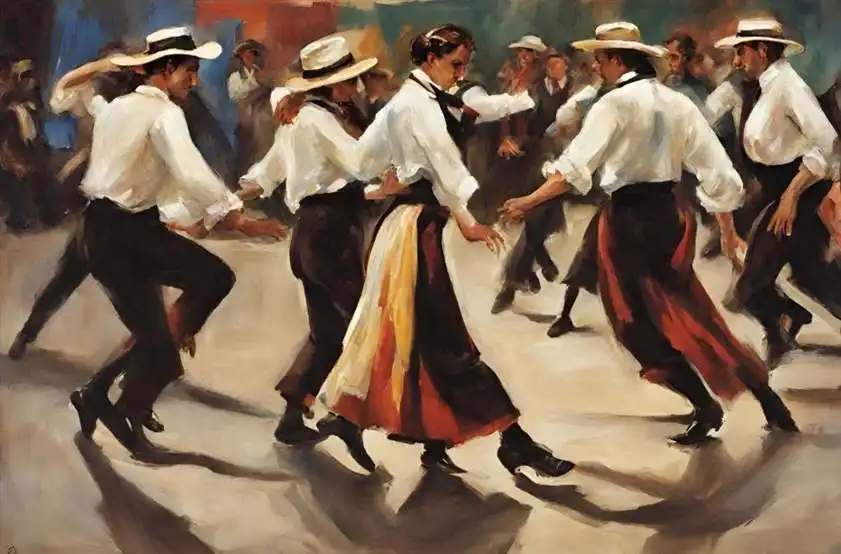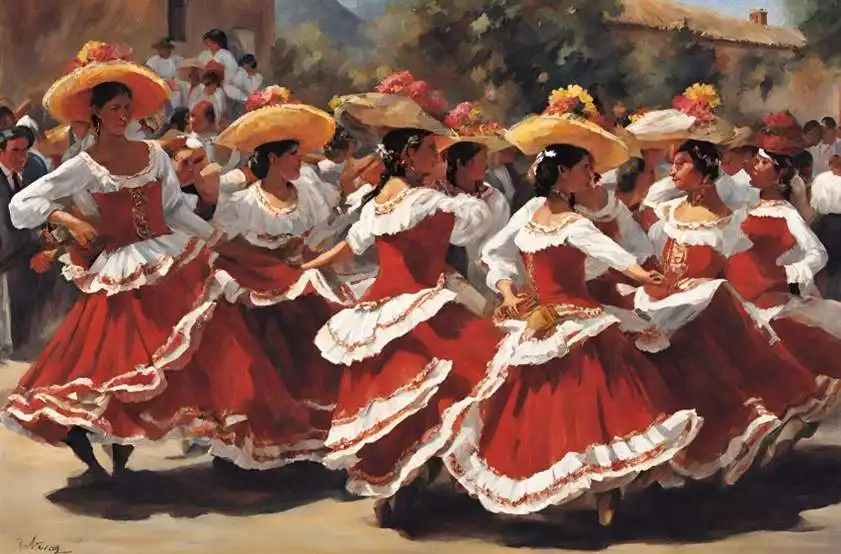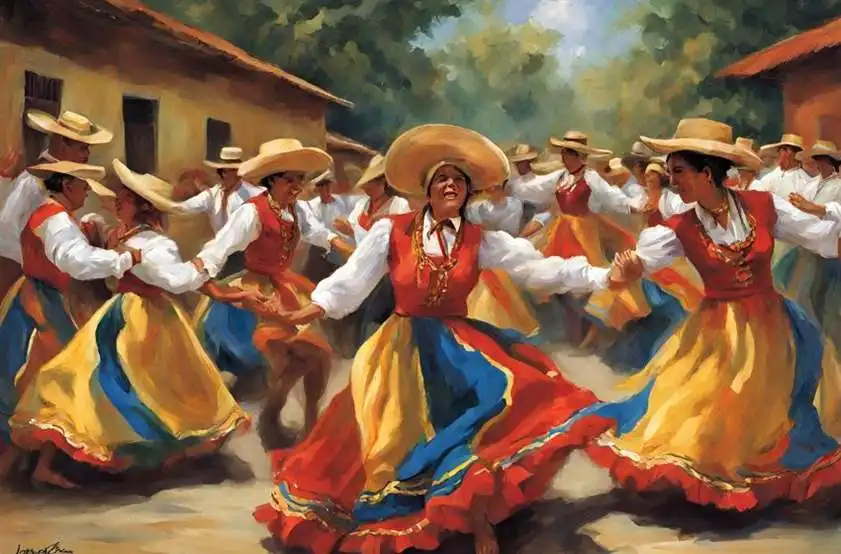Bolivian Rhythms: A Cultural Odyssey through National and Regional Dances
Introduction:
Bolivia, a landlocked country in the heart of South America, boasts a rich tapestry of cultural diversity, reflected profoundly in its national and regional dances. From the indigenous traditions of the Andean highlands to the Afro-Bolivian rhythms of the Yungas, Bolivia’s dances are a vibrant expression of its multicultural heritage. This exploration aims to unravel the intricacies of Bolivia’s national and regional dances, delving into their origins, characteristics, and cultural significance.
I. National Dances:
1.1 Cueca: The National Dance of Bolivia
Cueca, often hailed as the national dance of Bolivia, is a lively partner dance with regional variations throughout the country. The dance reflects a blend of indigenous, Spanish, and African influences, making it a symbolic representation of Bolivia’s cultural fusion. Characterized by handkerchief waving, intricate footwork, and flirtatious movements between partners, Cueca serves as a testament to the nation’s unity in diversity and is an integral part of Bolivia’s cultural celebrations.
1.2 Morenada: Cultural Expression of the Altiplano
Morenada, originating from the Bolivian highlands, particularly in the Altiplano region, is a dance deeply rooted in the historical and cultural experiences of the indigenous Aymara people. Characterized by elaborate costumes, distinctive masks, and slow, deliberate movements, Morenada is often performed during religious and folkloric festivals. The dance serves as a powerful expression of Aymara identity and a reflection of the historical struggles of indigenous communities.
II. Regional Dances:
2.1 Caporales: Afro-Bolivian Rhythms in La Paz
Caporales, with its energetic and rhythmic movements, originated in the Afro-Bolivian communities of La Paz. The dance has become widely popular and is performed during various cultural events and carnivals throughout the country. Distinguished by vibrant costumes, fast footwork, and the use of whips, Caporales pays homage to the historical legacy of African slavery in Bolivia while celebrating the resilience and vibrancy of Afro-Bolivian culture.
2.2 Tinku: Ritualistic Dance of the Andes
Tinku, rooted in the traditions of the Quechua people of the Bolivian Andes, is a ritualistic dance with deep cultural and symbolic significance. Originally a pre-Columbian ritual associated with agricultural practices, Tinku has evolved into a lively dance performed during religious festivals. The dance involves symbolic combat between male dancers, representing harmony with nature and a form of ritualized conflict resolution.
2.3 Diablada: The Dance of the Devils in Oruro
Diablada, a grand spectacle performed during the Carnival of Oruro, is a unique dance form with complex choreography and elaborate costumes. The dance narrative revolves around the battle between good and evil, featuring characters such as angels, demons, and mythical figures. Diablada reflects a fusion of indigenous, Spanish, and religious elements, making it a fascinating representation of Bolivia’s syncretic cultural identity.
2.4 Tobas: Indigenous Warrior Dance of the Lowlands
Tobas, originating in the lowland regions of Bolivia, is a dynamic dance that pays tribute to the indigenous warrior traditions of the Quechua and Aymara people. The dance involves intricate footwork, vibrant costumes, and rhythmic drumming, creating a powerful and visually stunning performance. Tobas is often associated with agricultural rituals and is performed during various festivals in the Bolivian lowlands.
2.5 Chacarera: Folkloric Dance of the Chaco Region
Chacarera, prevalent in the Chaco region, is a folkloric dance that reflects the traditions of the Mestizo and indigenous communities in southern Bolivia. Characterized by rhythmic footwork, handclapping, and the use of traditional instruments, Chacarera is a celebration of rural life and agricultural practices. The dance is often performed during local festivities and cultural events, showcasing the vibrant cultural diversity of the Chaco region.
III. Characteristics of Bolivian Dances:
3.1 Indigenous Influences: A Tapestry of Traditions
Bolivian dances are characterized by a rich tapestry of indigenous influences, reflecting the diverse cultural heritage of the country. Whether in the intricate footwork of Tinku, the symbolic movements of Morenada, or the warrior traditions of Tobas, each dance form contributes to the preservation and celebration of Bolivia’s indigenous traditions.
3.2 Syncretism and Cultural Fusion
Bolivian dances often showcase the syncretism and cultural fusion that define the nation’s identity. The intricate choreography of Diablada, the rhythmic vigor of Caporales, and the fusion of indigenous and European elements in Cueca exemplify Bolivia’s ability to synthesize diverse cultural influences into a harmonious and distinct expression of national identity.
3.3 Ritualistic Elements: Spiritual Connections
Many Bolivian dances retain ritualistic elements, establishing a connection between performers and spiritual practices. The symbolic combat in Tinku, the narrative of good and evil in Diablada, and the agricultural rituals associated with Tobas all highlight the profound spiritual dimensions embedded in Bolivian dance traditions.
3.4 Colorful Costumes: Visual Spectacle
Traditional attire plays a crucial role in Bolivian dances, serving as a visual spectacle that enhances the cultural and regional nuances of each performance. The elaborate costumes in Diablada, the vibrant outfits of Caporales, and the symbolic garments in Tinku all contribute to the visual richness of Bolivian dance, making each performance a feast for the eyes.
3.5 Community Celebration: Collective Expression
Bolivian dances often involve collective celebration and community expression. Whether in the joyful partner dances of Cueca, the communal spirit of Chacarera, or the grand carnival processions of Diablada, these dances foster a sense of unity and shared identity, making them integral to Bolivian social and cultural life.
IV. Influences and Evolution:
4.1 Indigenous Resilience: Preserving Ancestral Traditions
Bolivian dances, rooted in indigenous traditions, serve as a means of preserving ancestral knowledge and cultural practices. The resilience of indigenous communities is evident in the enduring influence of dances like Tinku and Tobas, which continue to be performed as a way of connecting with and honoring the cultural heritage of Bolivia’s indigenous peoples.
4.2 Afro-Bolivian Legacy: Celebrating Diversity
Dances like Caporales stand as a celebration of Bolivia’s Afro-Bolivian legacy, showcasing the resilience and creativity of Afro-Bolivian communities and their unique cultural expressions. Caporales, with its vibrant energy and rhythmic movements, has become a symbol of the diversity within Bolivia’s borders.
4.3 Carnival Traditions: Cultural Celebrations
Carnival traditions, epitomized by the grandeur of Diablada, exemplify Bolivia’s cultural celebrations. The evolution of Diablada from a traditional ritual to a grand carnival spectacle reflects Bolivia’s ability to adapt and transform its cultural expressions over time, while still maintaining their cultural and historical roots.
4.4 Contemporary Expressions: Adaptation to Modern Contexts
While deeply rooted in tradition, Bolivian dances continue to evolve with contemporary influences. The fusion of modern dance styles, the incorporation of electronic elements in music, and the global exchange of dance techniques contribute to the ongoing innovation within Bolivian dance culture, ensuring its continued relevance for new generations.
V. Conclusion:
Bolivia’s national and regional dances create a dynamic and diverse panorama that reflects the country’s cultural richness, historical depth, and geographical diversity. From the symbolic narratives of Diablada and the ritualistic traditions of Tinku to the energetic expressions of Caporales and the communal celebrations of Cueca, each dance encapsulates a unique facet of Bolivia’s identity.
As Bolivia continues to evolve, its dances adapt to changing times while holding steadfast to the roots embedded in centuries-old traditions. The dance traditions of Bolivia are a testament to the resilience of its indigenous, Afro-Bolivian, and mestizo influences, inviting people to explore the stories, rhythms, and cultural expressions that define the nation. Through each movement, costume, and beat, Bolivia’s dances endure as living expressions of a rich and diverse cultural legacy, inviting the world to join in the rhythmic narratives of this South American gem.
More information and reviews:
.- Official page Bolivia: the national and regional dances Link here.
.- wikipedia.org -Bolivia: the national and regional dances Link here.
.- Youtube.com – Bolivia: the national and regional dances Link here.
.- Feature Imagen by Canva Link here.

